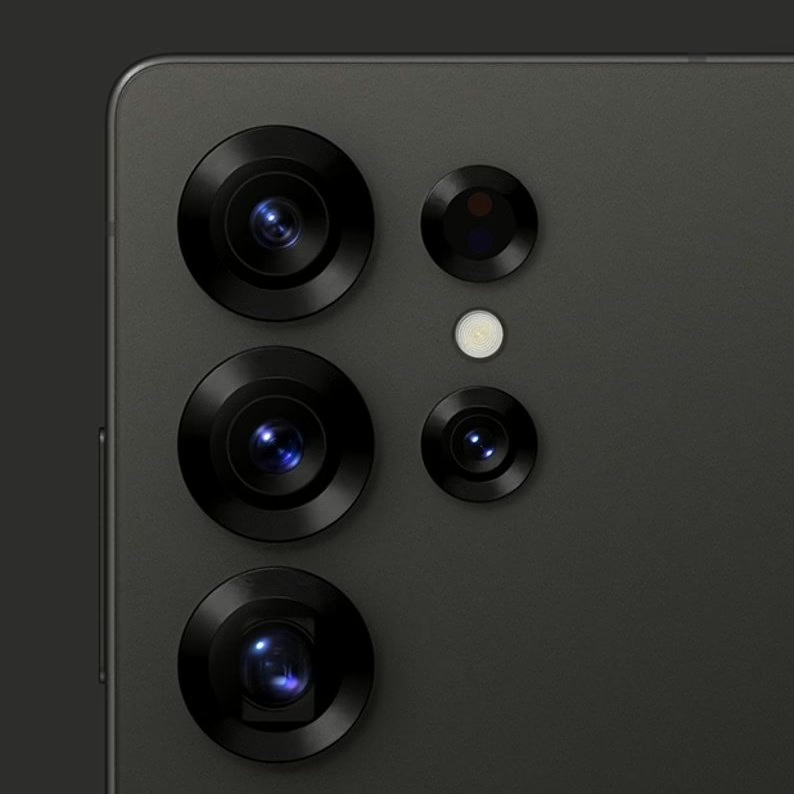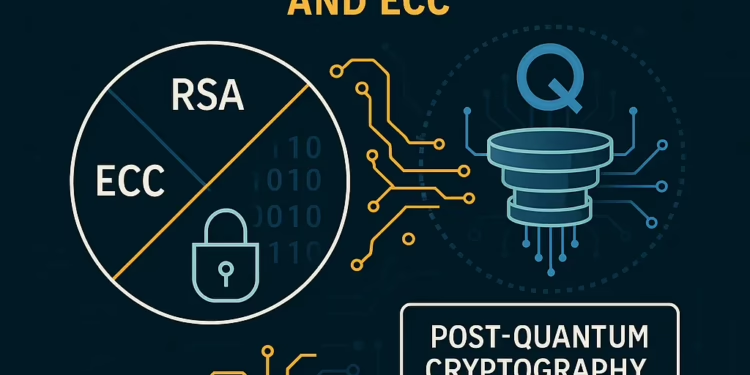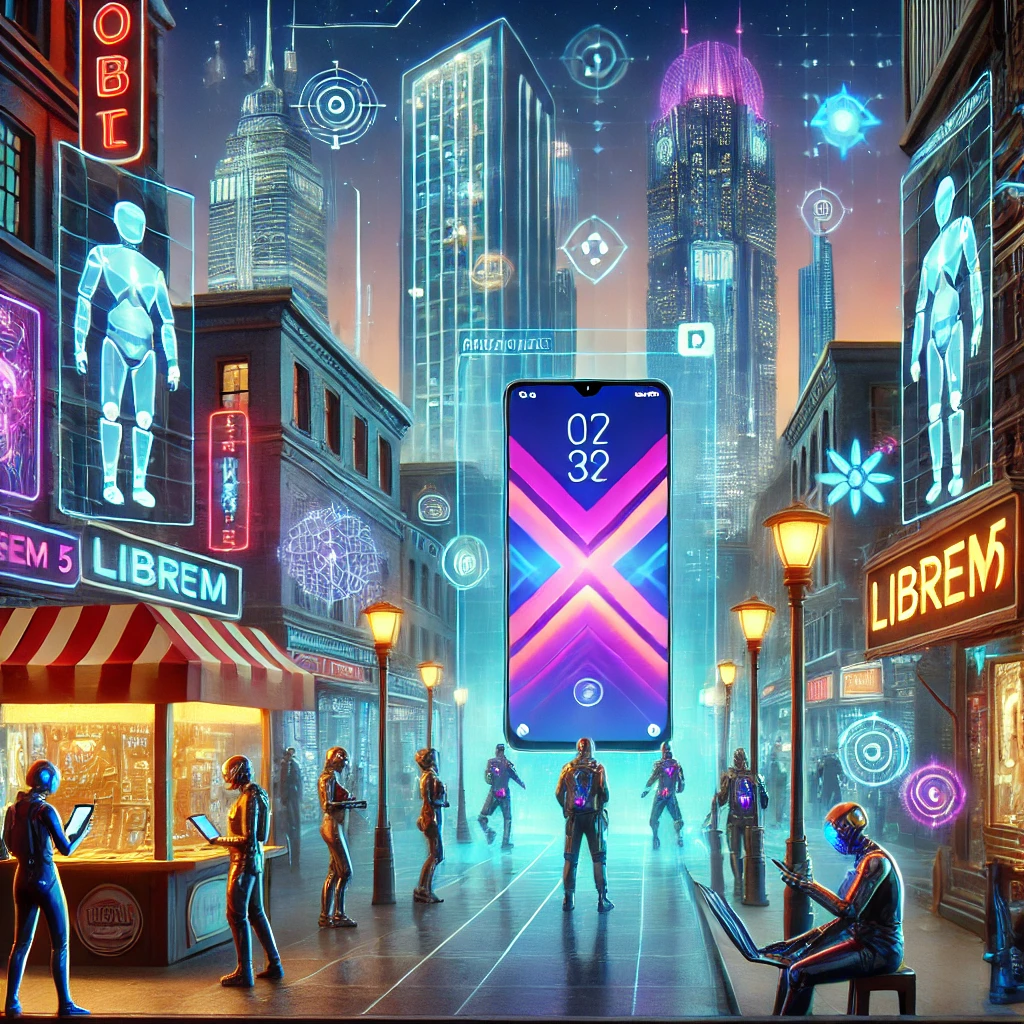For decades, RSA, Elliptic Curve Cryptography (ECC), and Diffie-Hellman have secured the backbone of digital trust. But with quantum computing advancing faster than Moore’s Law predicted, Shor’s Algorithm is now the guillotine hanging over our cryptographic infrastructure. Once a sufficiently powerful quantum computer is operational, current public-key systems will be rendered obsolete overnight.
We need to prepare for the Post-Quantum Era (PQE) — and that means quantum-resilient cryptography.
The Quantum Threat: Why Traditional Encryption Will Break
Classical computers would take billions of years to factor the 2048-bit keys used in RSA. However, quantum computers exploit quantum parallelism, allowing them to factor large numbers exponentially faster.
- Shor’s Algorithm: Breaks RSA, ECC, DH by factoring or solving discrete logarithms in polynomial time.
- Grover’s Algorithm: Cuts the brute-force complexity of symmetric keys in half (e.g., AES-256’s effective security becomes AES-128).
The scary part? Encrypted data intercepted today could be harvested and stored (“store now, decrypt later”) until quantum power catches up.
Post-Quantum Cryptography (PQC): The New Arsenal
The National Institute of Standards and Technology (NIST) is finalizing a new set of PQC algorithms, with candidates like:
- CRYSTALS-Kyber (Key Encapsulation Mechanism — lattice-based)
- CRYSTALS-Dilithium (Digital Signatures — lattice-based)
- Falcon (Lattice-based, highly efficient signatures)
- SPHINCS+ (Hash-based signatures with stateless structure)
These algorithms rely on mathematical problems that remain hard even for quantum computers, such as Learning with Errors (LWE) and hash-based cryptography.
Migration Challenges: Why PQC Isn’t a Drop-in Solution
- Performance & Latency: PQC algorithms often have larger key sizes (Kyber-512 keys are ~800 bytes vs 32 bytes for ECC).
- Backward Compatibility: Existing TLS stacks, IoT firmware, and embedded systems are built around RSA/ECC.
- Hybrid Modes: Early adoption means combining classical + PQC algorithms in a hybrid key exchange to ensure forward compatibility.
- Supply Chain Risks: Attackers will exploit slow adopters—organizations must migrate before PQC becomes mainstream.
Quantum Key Distribution (QKD): Game Changer or Overhyped?
QKD, leveraging quantum entanglement and the no-cloning theorem, promises unhackable key exchanges. However:
- It requires specialized fiber optics or satellite links, making it impractical for mass internet deployment.
- It doesn’t replace encryption — it just distributes keys.
- Attacks on implementation layers (e.g., photon detectors) have already been demonstrated.
While QKD may work for high-value state-level communications, PQC algorithms remain the realistic solution for enterprises and the public internet.
The AckerWorx Quantum Survival Checklist
- Audit your crypto footprint (RSA/ECC usage in TLS, code signing, VPNs).
- Experiment with PQC libraries (Open Quantum Safe, liboqs).
- Implement hybrid TLS handshakes with PQC + classical algorithms.
- Adopt crypto-agility: ensure protocols can swap algorithms easily.
- Plan for encrypted data longevity: migrate long-term secrets first.
Conclusion: We’re Living on Borrowed Time
The leap to quantum supremacy is no longer science fiction. Experts predict a 10-year window before RSA-2048 is breakable, but the smart move is to start now. Your encrypted data is only as secure as your migration strategy.
Organizations that fail to prepare for PQC adoption risk waking up to find their secrets laid bare by the first quantum-powered adversary.
#CyberSecurity #QuantumComputing #PostQuantum #Encryption #PQC #ShorsAlgorithm #AckerWorx #FutureOfSecurity #ZeroTrust #QuantumResilience #Infosec #AIandSecurity #NextGenCrypto #TechIntelligence




















